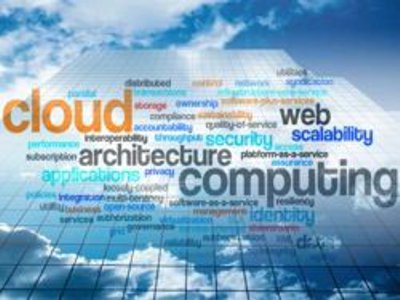
Saas ERP is implemented over 35% more quickly (11.6 mo v. 18.4), but costs only 10% less to implement (6.2 v. 6.9 ann. rev). Even though CEOs may be slightly more satisfied (< 3%, which may be margin of error), business is not (23.5 sat v. 42.9). Additionally, Saas is more often over budget (70.6% vs. 59%). If this were a head-to-head comparison by the same measures on premise ERP applications, the Saas cloud computing results would be considered an utter failure and unmitigated disaster. However, the technology trade publications tend to be eerily silent on this issue. Where is SAP’s market leadership to point this out? What about the security issues involved as well:
- Saas is implemented over 35% faster but only costs 10% less.
- CEO satisfaction difference is marginal, so unless the sampling size is massive (which is doubtful), it falls within a margin of error.
- Businesses are about half as satisfied with Saas solutions as they are with on-premise solutions.
- Saas blows the budget about 17–20% more often than on-premise ERP.
- Offsite access and security troubles plague Saas and “Cloud computing” models.
- Another layer and level of contracts and service level agreements must be correctly navigated.
When you look at the facts and strip away the hype, on-premise ERP solutions win hands down.
Unfortunately, SAP has done nothing to address this in the marketplace. SAP has also done little to truly address the usability of their software, other than provide a technical toolkit (GUI XT) to allow customers to create their own front ends. Much more could be done. I have written about some fairly easy ways SAP could innovate their application environment with little cost or difficulty as well. That article, entitled “Opportunities for SAP Innovation” provides insight from what I believe is a customer perspective on application usability and simplification.
For example, SAP could “Apple-ize” their user interface and end user experience to be more intuitive and more responsive to end users. I am not referring to an iPod or iPad, but more of an intuitive look and feel that would make a user’s daily tasks simpler and less confusing.
What Does the Future of SAP Look Like?
- SAP will need to define and articulate to the marketplace a clearer message about its value proposition and differences.
- SAP should focus on end-user experience and a more intuitive user interface to reduce the change management, adoption, and transition pain.
- SAP should refocus its application landscape messages, sales messages, and strengths on business solutions rather than package solutions.[FN2] The SAP literature and sales force spends too much time and attention on application features, and not enough on what those features mean to business.
- SAP must develop an internal reference database of every consultant who has ever taken a course, or been certified with them. For far too long, the company has allowed cons to lie about certifications or training, as they have not provided any way to verify these claims. SAP needs to provide a transcript of courses and certifications for end-customer use when a potential employee or contractor comes to them.
Having some type of transcript or other reference service for consultants who claim to have taken SAP training cannot be underestimated. Consultants have a direct impact on the quality of the implementations and marketplace perceptions of the application. Because of the widespread fraud in the marketplace, the value of the training is destroyed, and the quality of implementation solutions is damaged. No wonder so many companies lack ROI.
These and many other straightforward solutions would generate marketplace buzz about SAP’s enterprise application suite and provide customers reasons for a purchase or upgrade.
[FN1] http://www.cio.com/article/531863/ERP_Costs_3_Signs_Companies_Are_Wasting_Less_Money
[FN2] Over the years, I have heard many SAP sales reps and sales presentations that focus on an SAP application rather than addressing a business need. These salespeople only describe features, rather than explaining to the business what these features mean in terms of benefit. For way too long, many in the SAP sales force have relied on the SAP name.





